
There be是一个“存在”句型,表明“有”的意思。
必定句的方式为:There be + 名词(奇数或复数)+地址状语或时刻状语。
be动词单复数的确认,看be后边第一个名词,当所接主语为奇数或不可数名词时,be动词方式为is;当所接主语为复数名词时,be动词为are;当be动词后接两个以上主语时,be动词与最接近主语坚持数上的共同。意思为“某地有或人或某物”。如:
There is an eraser and two pens on the desk. 桌子上有一块橡皮和两支钢笔。
There are two pens and an eraser on the desk. 桌上有两支钢笔和一块橡皮。
(1)there be的否定句,即在be的后边加上not。
否定方式为:There be + not + (any) + 名词+地址状语。
There is not any cat in the room. 房间里没猫。
There aren't any books on the desk. 桌子上没书。
(2)there be句型的疑问句便是将be说到句首:Be there + (any) +名词+地址状语
必定答复:Yes, there is / are. 否定答复:No, there isn't / aren't.
-Is there a dog in the picture?画上有一只狗吗
-Yes, there is. 有。
-Are there any boats in the river?河里有船吗
-No, there aren't. 没有。
(3)特别疑问句:How many . . . are there (+地址状语)
某地有多少人或物答复用There be . . .
There's one. / There are two / three / some . . .
有时直接就用数字来答复。One. / Two . . .
-How many students are there in the classroom?教室里有多少学生
-There's only one. / There are nine. 只要一个。/有九个。
(4)假如名词是不可数名词,用:How much + 不可数名词 + is there + 地址状语
How much water is there in the cup? 杯中有多少水?

 ACAA聚焦数字科技,为行业发展注入新活力
ACAA聚焦数字科技,为行业发展注入新活力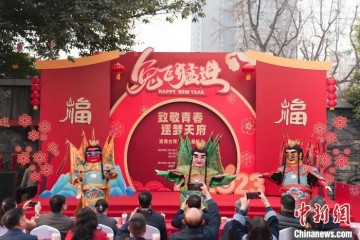 港澳台青年文化嘉年华在蓉举办
港澳台青年文化嘉年华在蓉举办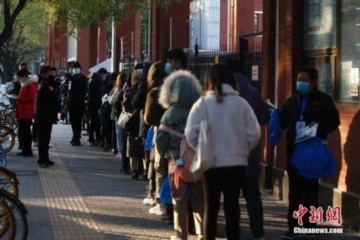 2023年度国考即将开考这些事项考生要了解
2023年度国考即将开考这些事项考生要了解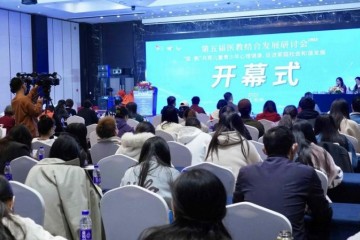 医教结合研讨会深度探讨孩子学习困难心理健康教育问题
医教结合研讨会深度探讨孩子学习困难心理健康教育问题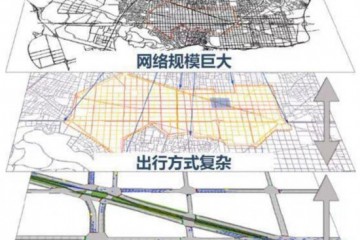 高校团队研发一键式仿真系统助力智慧交通建设
高校团队研发一键式仿真系统助力智慧交通建设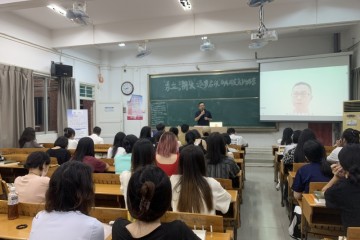 校企联动共育创新人才,“勇立潮头·逐梦启航”新媒体实践训练营硕果累
校企联动共育创新人才,“勇立潮头·逐梦启航”新媒体实践训练营硕果累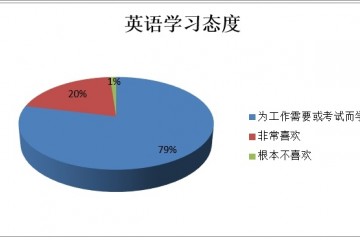 人文教育助力大学英语教学新模式
人文教育助力大学英语教学新模式 三尺讲台一生奉献(追梦路上)
三尺讲台一生奉献(追梦路上)